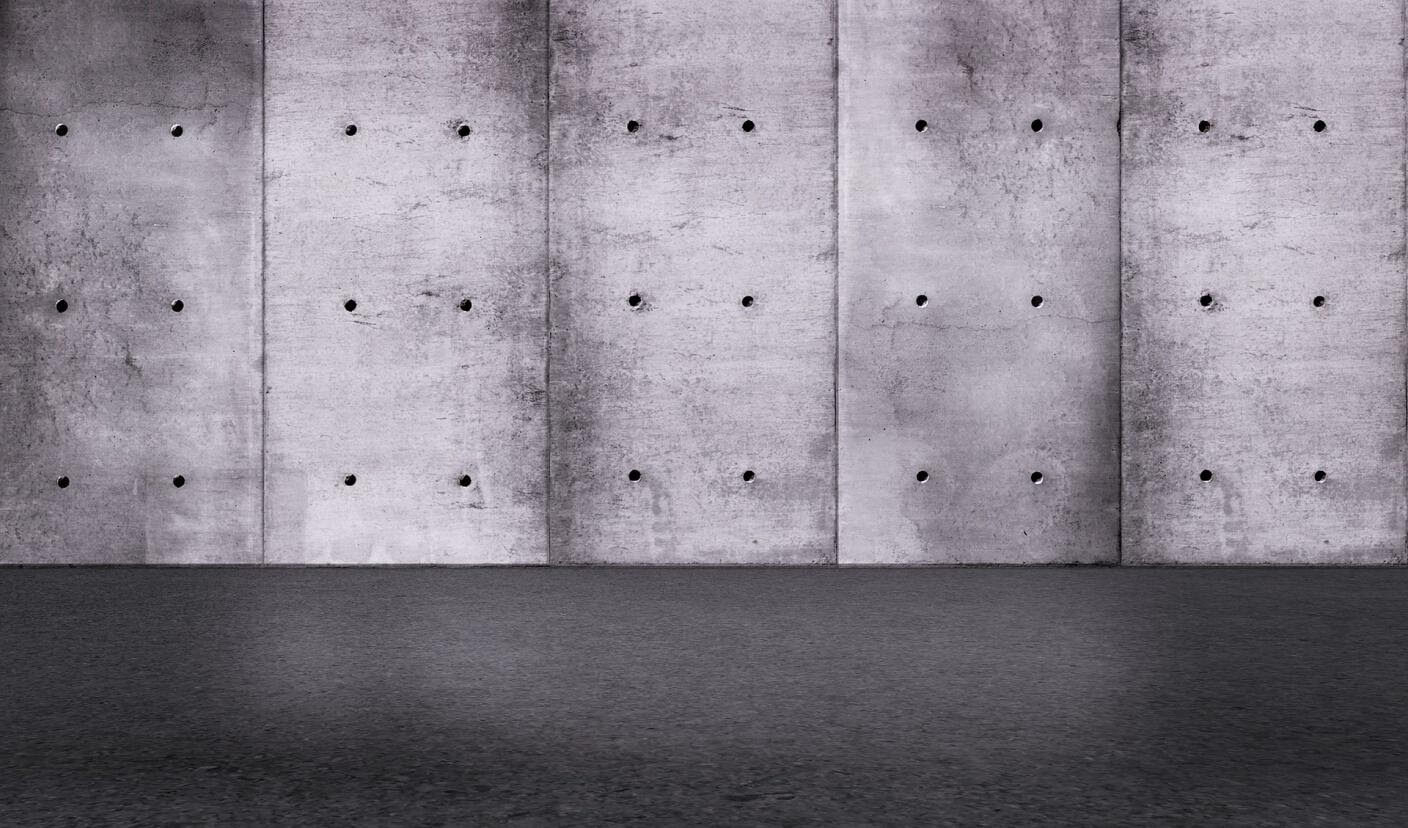The way it is Made
Compared to concrete poured on-site, manufacturers make precast concrete walls in a controlled environment with close monitoring. They carefully inspect and check each panel to ensure that all its parts and components are up to standard.
The casting of precast concrete walls is done by the manufacturer on a level and even surface, which already adds to the integrity and durability of each panel. But alongside this, each panel is poured into moulds. Manufacturers reuse these moulds up to 50 or even 100 times, translating into production savings for the manufacturer, passed down to the customer.
A Higher-quality Wall
As mentioned, since they make precast concrete walls at a facility, you benefit from an environment with a controlled temperature and strict procedures to ensure quality control. But apart from this, precast concrete walls, such as those produced by JP Concrete, all come in uniform shapes and sizes. With this, it will be easier for you to put up the panels using minimal labour and manpower, reducing your costs further.
Fewer Risks
Another advantage of precast concrete walls is that it comes with fewer risks. How so? Well, the easy answer is that since the walls are cast in a plant or facility, you don’t have any risk at your worksite at all. Additionally, you don’t need any extra materials or equipment to transport the precast concrete walls to your site, unlike standard or traditional concrete pouring and casting.
A low-maintenance Solution
The beauty of precast concrete walls is that compared to other wall materials like timber (which can be prone to infestation and warping) or sheet steel (which can be easily damaged), it is durable and made to withstand all sorts of conditions. But not only this – it comes with easy maintenance as well. There is no risk of warping, rotting, or infestation, and it’s a rigid material that can stand the test of time and the elements. You don’t have to do much to maintain it, either – a simple hose down with water should do the trick.
It has Environmental Benefits
Since manufacturers produce precast concrete wall panels in a plant or facility, you will not increase your risk at the worksite. But here’s another fantastic aspect of precast concrete: it comes with high thermal mass, enabling it to absorb and retain thermal energy easily. With this, there is no overheating during the summer and no cold draughts in the winter.
